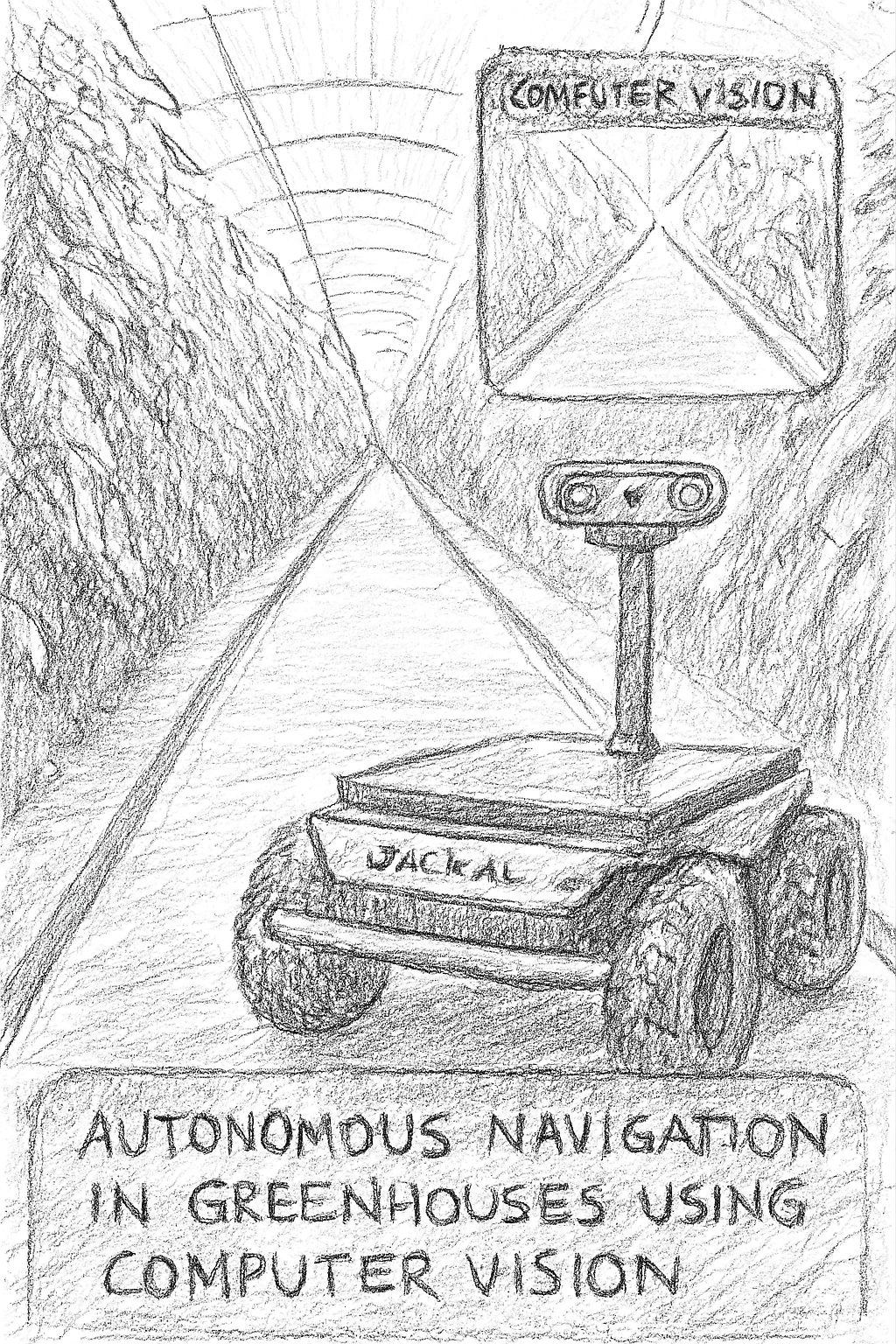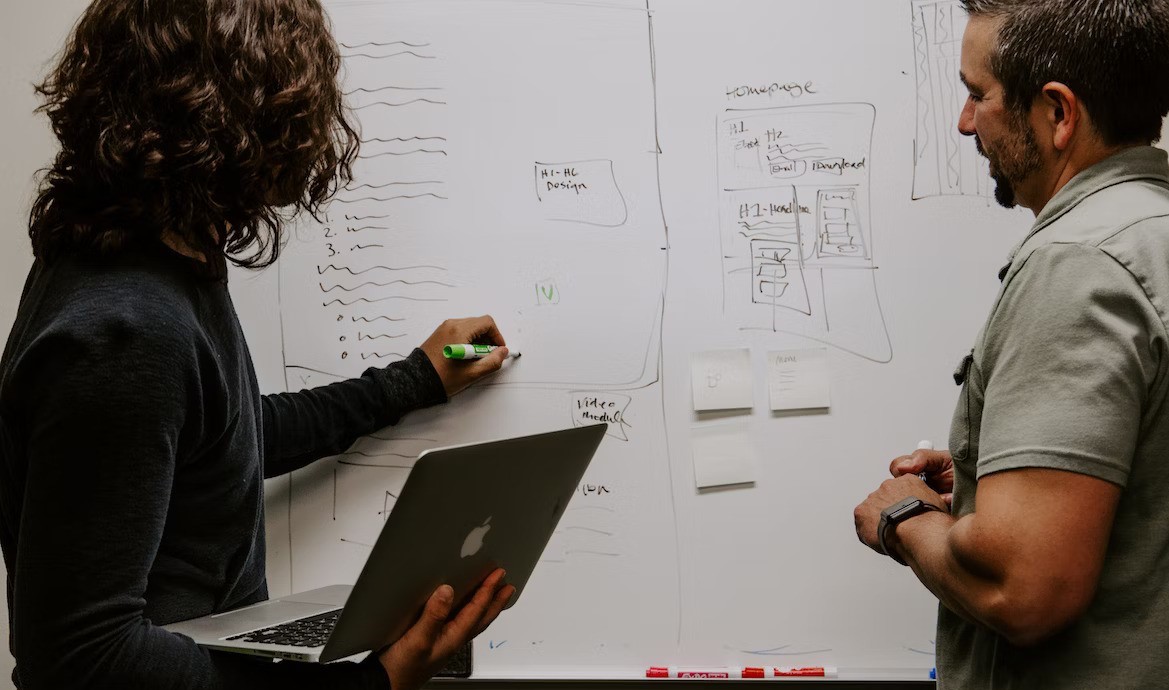Estancia de Investigación EI-AD25-145 - Applications of robotics in precision agriculture - Autonomous Navigation in Greenhouses
highlight_off

This project investigates the use of computer vision and artificial intelligence to enable autonomous navigation in greenhouse environments, leveraging the Jackal Robot from Clearpath Robotics equipped with an Intel RealSense D435 RGB-D camera. The primary goal is to develop a vision-based system capable of detecting and tracking greenhouse corridors to support precision agriculture tasks.
Greenhouses pose unique navigation challenges due to their narrow paths, repetitive structures, and dynamic lighting conditions. To address these, the robot uses RGB image data and depth sensing to identify corridor boundaries, detect obstacles, and maintain orientation within the greenhouse layout. AI models trained on visual features—such as color gradients, edge patterns, and depth discontinuities—allow the robot to interpret its surroundings and make real-time decisions for path planning and obstacle avoidance.
The system integrates computer vision algorithms with onboard processing to extract corridor geometry and generate navigation commands. Techniques such as semantic segmentation, line detection, and visual odometry are employed to ensure robust performance even under variable conditions. The Jackal Robot’s compact form factor and differential drive make it ideal for maneuvering within tight greenhouse aisles.
By automating corridor tracking and navigation, the project supports continuous monitoring, data collection, and targeted interventions without human supervision. This contributes to more efficient resource use, reduced labor, and improved crop management in controlled agricultural settings. The project lays the groundwork for scalable, vision-driven robotic systems in smart farming applications.
1. Project Overview
- As part of the project, the student must familiarize themselves with the state of the art in robotics applications for precision agriculture, with a particular focus on autonomous navigation in greenhouse environments. This includes reviewing recent research papers, commercial solutions, and open-source implementations to understand current challenges, technologies, and best practices. This foundational knowledge will inform design decisions and ensure the integration work builds on proven approaches.
- The student will retrieve and validate the existing LaneATT codebase, integrate its outputs with the Jackal Robot’s control system, and enable real-time navigation based on detected corridor geometry. The final goal is a robust, vision-guided robotic system capable of autonomous operation in structured agricultural spaces.
2. Continuation
Scope
The current student
will continue the work initiated by a previous student, who successfully
implemented and tested the LaneATT-based corridor detection system. The next
phase involves:
- Retrieving and validating the existing LaneATT codebase
- Propose improvements to the current systems.
- Integrating the vision output with the Jackal Robot’s control system
- Enabling real-time navigation based on detected corridor geometry
3. Tasks & Responsibilities
- Code Retrieval & Validation:
- Locate and test the LaneATT implementation
- Verify compatibility with current ROS setup and camera feed
- Vision-Control Integration:
- Convert LaneATT outputs (corridor centerlines, boundaries) into navigation commands
- Implement PID or pure pursuit controller for path following
- Testing & Evaluation:
- Simulate navigation in Gazebo or testbed at one of the Greenhouses of CAETEC (Centro Agropecuario Experimental del Tecnológico de Monterrey).
- Measure accuracy, stability, and responsiveness
- Documentation & Reporting:
- Maintain logs of integration steps and test results
- Prepare final report with annotated code and performance metrics
- Presentation of Final Results
40
Jesús Arturo Escobedo Cabello
arturo.escobedo@tec.mx
Autonomous Navigation
Computer Vision
Mobile Robotics
Greenhouses
warning
error_outline
Motivation Letter
15 %
Confidentiality letter
10 %
Letter of assignment of rights
10 %
Qualifications and Experience
40 %
Academic Grade History
10 %
Interview
15 %





:
circle
circle
circle
circle
circle